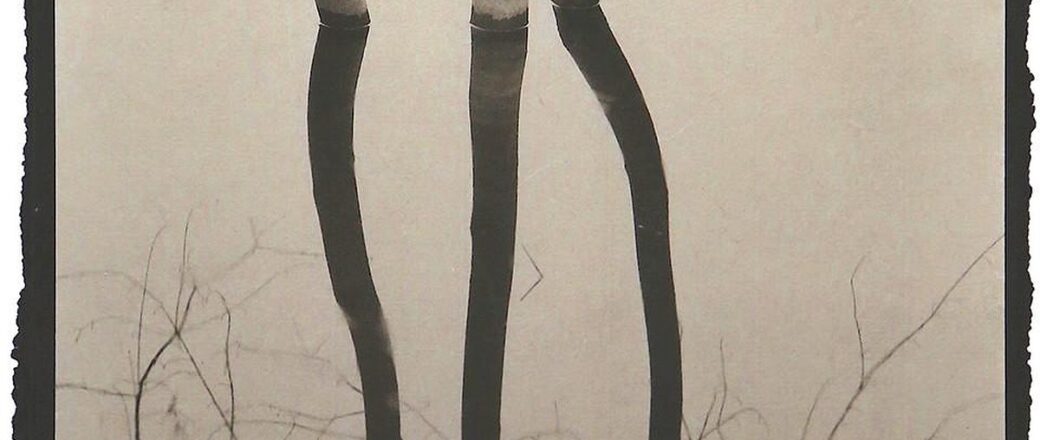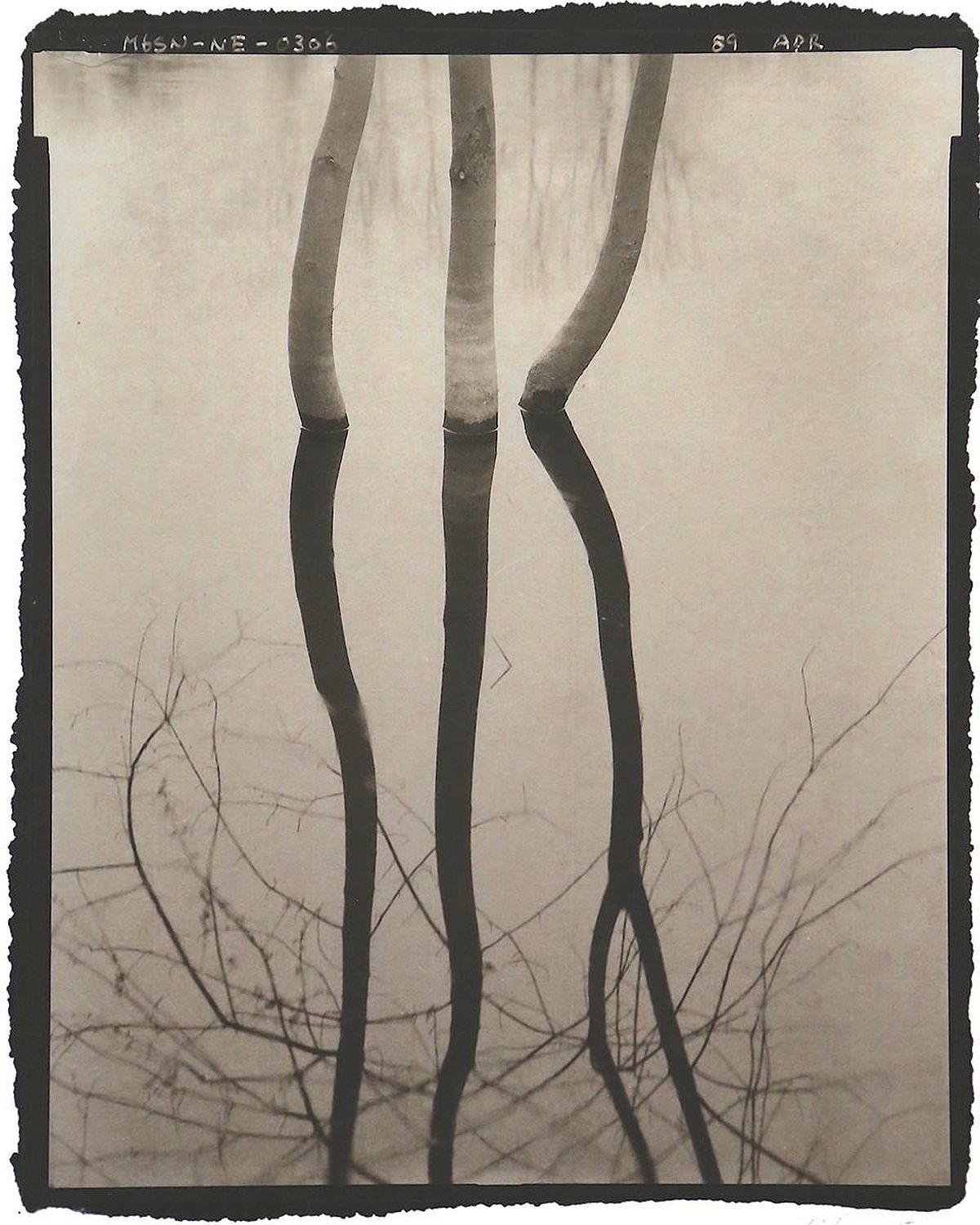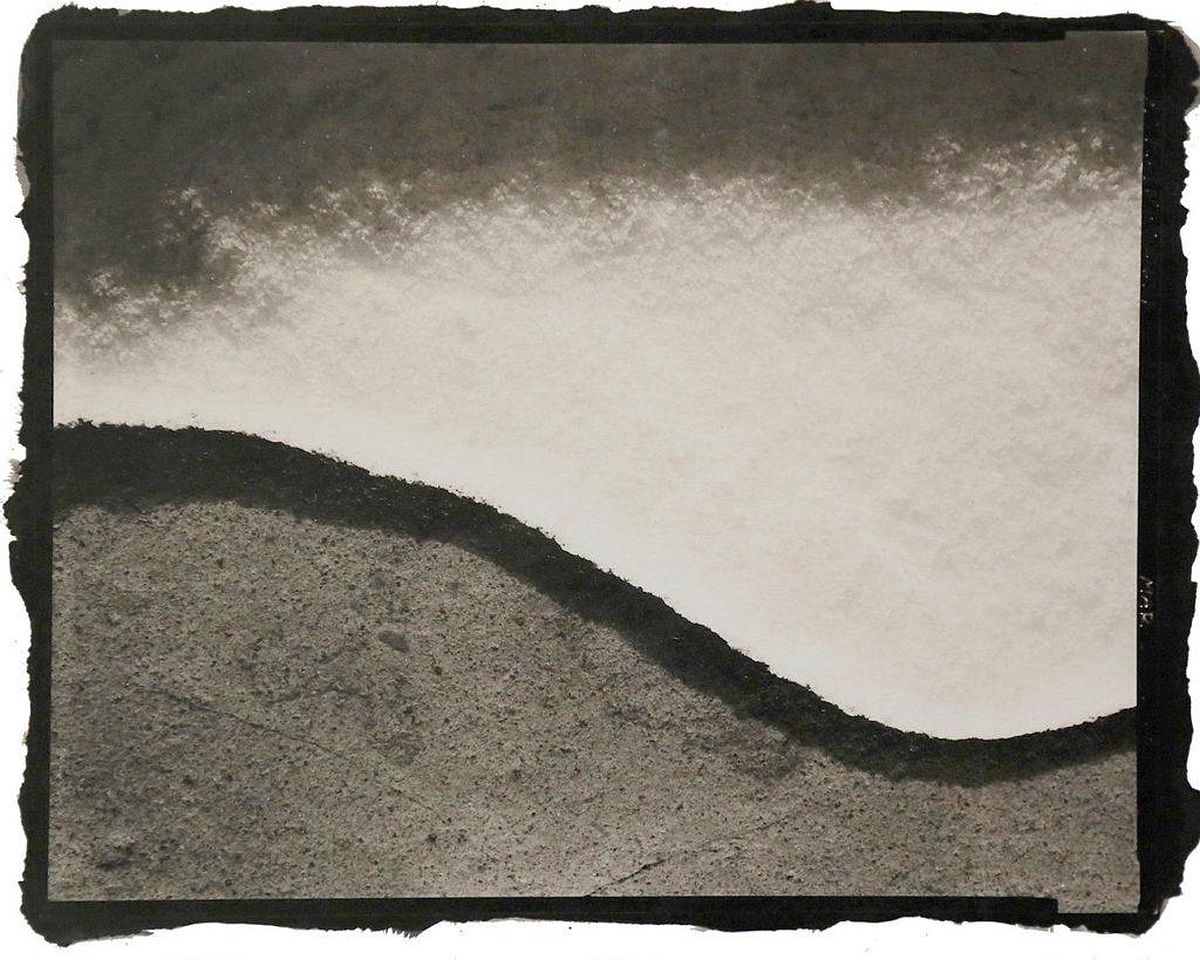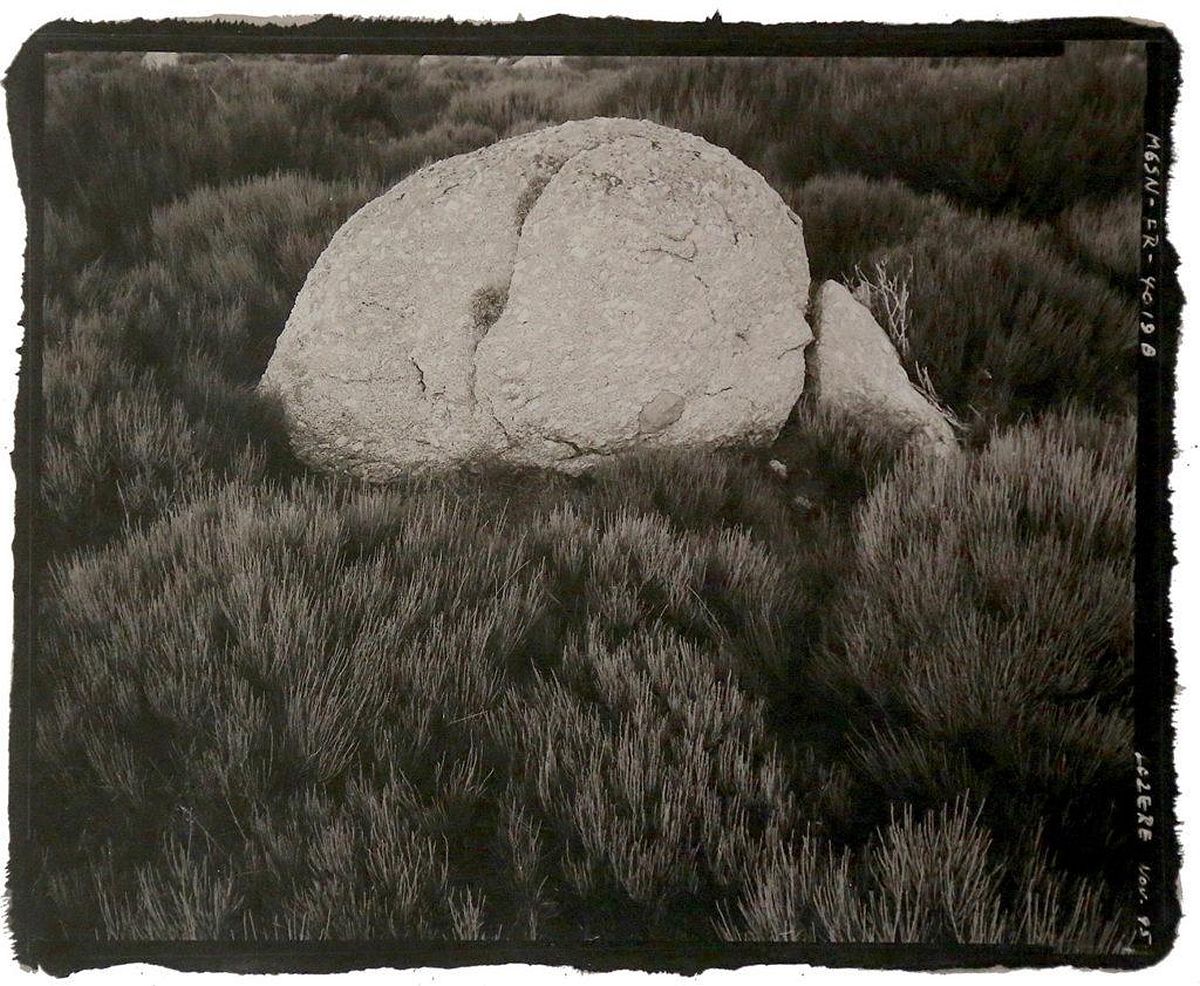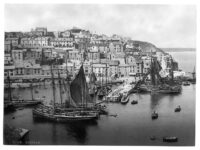Japanese photographer Koichiro Kurita graduated from Kanseigakuin University in Kobe, where he studied perceptual psychology, using a camera extensively to simulate the function of the eye in his research that examined how people view moving objects under changing circumstances.
He worked as a young man for a Tokyo advertising agency before becoming a successful independent photographer and director of commercials. But at the age of forty, moved by his reading of Walden by the American philosopher and writer Henry David Thoreau (1817-1862), Koichiro Kurito moved away from his lucrative career in the city in order to fully direct his photography toward meditative expressions of his connection to the rural natural world. In order to concentrate on large-format landscape photography, Kurita retreated to a studio in the Yatugatake Mountains a hundred miles northwest of Tokyo, where, he writes, “the feeling was Walden.” After obtaining a grant from the Asian Cultural Council, created by John D. Rockefeller III to encourage international dialogue between Asian and American artists and scholars, he was able to travel and photograph in Canada, the United States and Great Britain.
Since 1993 Kurita has maintained studios in New York and Massachusetts, focusing his impressions of the natural world—quiet New England woodlands, remote Boundary Waters lakes and rocks of Minnesota and Canada, or natural features of California–by extracting poetic details from the greater landscape. He uses nineteenth-century photographic printing processes to create monochromatic prints. His handmade platinum palladium, albumen and salt prints on paper made from the Japanese gampi tree have enhanced the delicacy and subtle resonance of his images, linking historic yet timeless qualities with his contemporary vision.
The selection of Kurita’s photographs on exhibition presents nature as the artist sees it in terms of Chi Sui Ki, or terrasphere, hydrosphere and atmosphere, and the borders that each of these realms share with one another and all forms of life. Kurita’s ongoing project, ‘Beyond Spheres’, is about his visual journey to understand Thoreau’s perceptions as he traces the writer’s footsteps through New England. It is a logical extension of Kurita’s continuing search for an answer to the question, ‘what if Thoreau had been a photographer?’ In Kurita’s words, the aim of the project is to “give pictorial form to Thoreau’s ideas and writings by employing photographic techniques used by his contemporaries.” He further explains: “I have two mentors. One is Henry David Thoreau, who urged a re-experience of the relationship between nature and humans. The other is Henry Fox Talbot (1800-1877), who taught what photography is. ‘Beyond Spheres’ is a project which, in its conclusion, will be an address of gratitude to my two mentors whom I have never met.”
Talbot described his work as photogenic drawing, “the pictures of nature’s painting, which the glass lens of the Camera throws upon the paper in its focus”—photography as the pencil of nature, a phrase he used to title his book published in installments from 1844-1846. The book’s emergence just the year before Thoreau went to live at Walden Pond on property purchased by his friend, the writer Ralph Waldo Emerson, is significant for Kurita. Kurita’s photogenic drawings, prompted by his interpretation of Thoreau and nature, are his own meditations of life by means of art.
Kurita draws inspiration from Thoreau’s analogy of the leaf as a fundamental unit that builds and unifies the fabric of nature: He tries to describe the earth, rivers, birds, people and various things in the world as “leaves.” This leads to the realization that various things in this world have a basic prototype in common.…. In a sense everything is connected and in a relationship. Here is a grand perspective of nature that goes beyond the Japanese or the Western view of nature…. Terms such as Natural Selection, Survival of the Fittest, are associated with a competitive society prioritizing the economy. Our current social environment is a competition for producing and circulating many products, while stripping the world of its resources.
Our relationship to society and the environment should not be a competition, but complement each other, give importance to harmony, and be changed to a quiet and “simple shared habitat.” That is the spirit of ‘Beyond Spheres’. Jane Bianco
Koichiro Kurita
Terrasphere Hydrosphere Atmosphere
21 October 2023 – 16 February 2024
Johanna Breede PHOTOKUNST
Fasanenstr. 69
10719 Berlin
www.johanna-breede.com
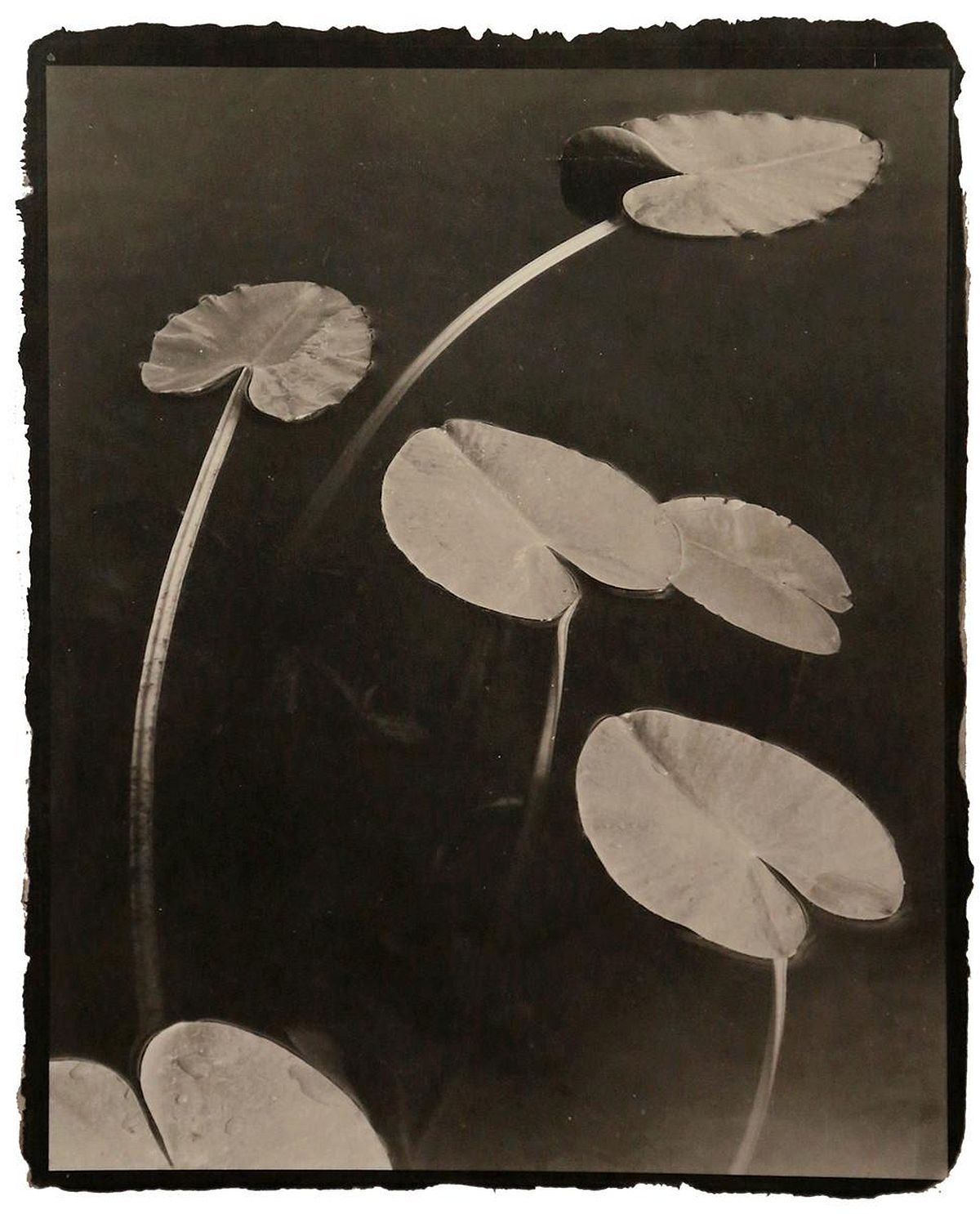
© Koichiro Kurita ‘Floating Leaves’, Boundary Water Canoe Area, Minnesota 1998, Platin Palladium Print

